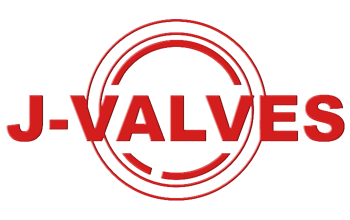
Selecting The Right Material for DBB Ball Valves (Double Block And Bleed) Based on Operating Conditions

Understanding Double Block and Bleed (DBB) Ball Valves
DBB ball valves are designed to provide two independent blockages and a bleed path to ensure complete isolation and venting of the fluid. This design is particularly useful in applications where maintenance or repairs are required, as it allows for safe and reliable isolation of the system. Key components of DBB ball valves include:
• Valve Body: The main structure that houses all internal components.
• Ball: The spherical element that controls the flow of fluid. It rotates to open and close the valve.
• Seats: The sealing elements that provide a tight seal against the ball.
• Stem: The component that connects the ball to the external actuator or handle.
• Bleed Path: A small passage that allows for the release of residual pressure.
• Bonnet: The cover that protects the internal components and provides access for maintenance.
• Actuator: The mechanism that provides the torque to operate the valve.
Material Selection for DBB Ball Valves
Common Materials Used in DBB Ball Valves
1. Stainless Steel (304, 316, 316L)
• Properties: Excellent corrosion resistance, high strength, and durability.
• Applications: Suitable for a wide range of corrosive media, including chemicals, marine environments, and food processing.
• Temperature Range: -29°C to 425°C.
• Properties: High strength, cost-effective, and suitable for high-pressure applications.
• Applications: Commonly used in oil and gas, water treatment, and general industrial applications.
• Temperature Range: -29°C to 425°C.
3. Alloy Steel (ASTM A350 LF2)
• Properties: High strength, excellent low-temperature toughness, and suitable for high-pressure applications.
• Applications: Ideal for applications requiring high strength and low-temperature performance, such as cryogenic systems.
• Temperature Range: -46°C to 343°C.
• Properties: High strength, excellent corrosion resistance, and suitable for high-pressure applications.
• Applications: Used in aggressive environments, such as seawater, oil and gas, and petrochemical applications.
• Temperature Range: -29°C to 300°C.
• Properties: Superior strength and corrosion resistance compared to duplex steel.
• Applications: Suitable for highly corrosive environments and high-pressure applications.
• Temperature Range: -20°C to 300°C.
1. PTFE (Polytetrafluoroethylene)
• Properties: Excellent chemical resistance, low friction, and suitable for a wide range of temperatures.
• Applications: Ideal for corrosive media and applications requiring low friction.
• Temperature Range: -29°C to 120°C.
• Properties: High chemical resistance, excellent thermal stability, and suitable for high-temperature applications.
• Applications: Used in aggressive chemical environments and high-temperature applications.
• Temperature Range: -29°C to 80°C.
• Properties: High strength, suitable for high-pressure applications, and excellent durability.
• Applications: Ideal for high-pressure and high-temperature applications where metal-to-metal sealing is required.
• Temperature Range: -196°C to 650°C.













